The Time of My Life: Dirty Dancing - Andrea Warner
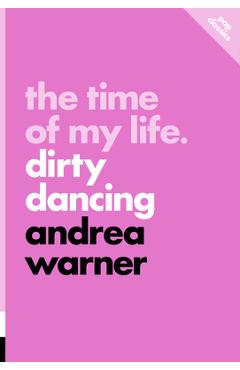
Detalii The Time of My Life:
libris.ro
91.74 Lei
101.93 Lei
Social Science
Andrea Warner
The Time of My Life: - Disponibil la libris.ro
Pe YEO găsești The Time of My Life: de la Andrea Warner, în categoria Social Science.
Indiferent de nevoile tale, The Time of My Life: Dirty Dancing - Andrea Warner din categoria Social Science îți poate aduce un echilibru perfect între calitate și preț, cu avantaje practice și moderne.
Preț: 91.74 Lei
Caracteristicile produsului The Time of My Life:
- Brand: Andrea Warner
- Categoria: Social Science
- Magazin: libris.ro
- Ultima actualizare: 18-03-2025 01:35:02
Comandă The Time of My Life: Online, Simplu și Rapid
Prin intermediul platformei YEO, poți comanda The Time of My Life: de la libris.ro rapid și în siguranță. Bucură-te de o experiență de cumpărături online optimizată și descoperă cele mai bune oferte actualizate constant.
Descriere magazin:
An engaging exploration into the enduring popularity of Dirty Dancing and its lasting themes of feminism, activism, and reproductive rights When Dirty Dancing was released in 1987, it had already been rejected by producers and distributors several times over, and expectations for the summer romance were low. But then the film, written by former dancer Eleanor Bergstein and starring Jennifer Grey and Patrick Swayze as a couple from two different worlds, exploded. Since then, Dirty Dancing \'s popularity has never waned. The truth has always been that Dirty Dancing was never just a teen romance or a dance movie -- it also explored abortion rights, class, and political activism, with a smattering of light crime-solving. In The Time of My Life , celebrated music journalist Andrea Warner excavates the layers of Dirty Dancing , from its anachronistic, chart-topping soundtrack, to Baby and Johnny\'s chemistry, to Bergstein\'s political intentions, to the abortion subplot that is more relevant today than ever. The film\'s remarkable longevity would never have been possible if it was just a throwaway summer fling story. It is precisely because of its themes -- deeply feminist, sensitively written -- that we, over 30 years later, are still holding our breath during that last, exhilarating lift.

Produse asemănătoare

Adventure Time Pirates of the Enchiridion Нинтендо Суич
![]() buygames.net
buygames.net
Actualizat in 31/10/2025
44.84 Lei
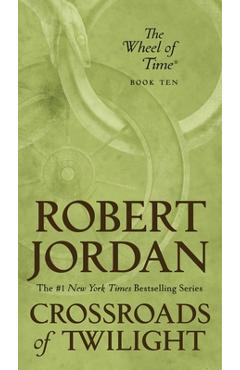
Crossroads of Twilight: Book Ten of \'the Wheel of Time\' - Robert Jordan
![]() libris.ro
libris.ro
Actualizat in 28/10/2025
67.26 Lei

Aru Shah and the End of Time (a Pandava Novel, Book 1) - Roshani Chokshi
![]() libris.ro
libris.ro
Actualizat in 28/10/2025
94.81 Lei

Dear Human at the Edge of Time: Poems on Climate Change in the United States - Luisa A. Igloria
![]() libris.ro
libris.ro
Actualizat in 28/10/2025
148.8 Lei
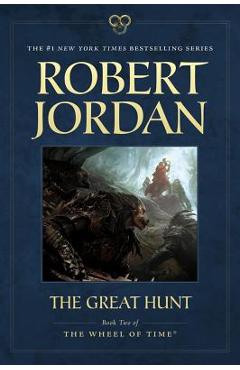
The Great Hunt: Book Two of \'the Wheel of Time\' - Robert Jordan
![]() libris.ro
libris.ro
Actualizat in 28/10/2025
128.29 Lei
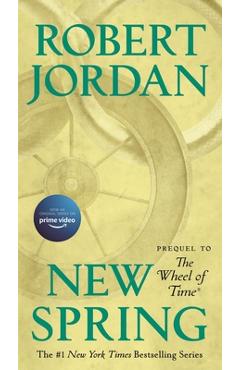
New Spring: Prequel to the Wheel of Time - Robert Jordan
![]() libris.ro
libris.ro
Actualizat in 28/10/2025
55.75 Lei
Produse marca Andrea Warner
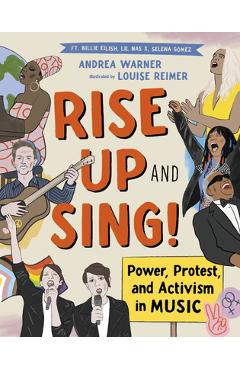
Rise Up and Sing!: Power, Protest, and Activism in Music - Andrea Warner
![]() libris.ro
libris.ro
Actualizat in 28/10/2025
111.32 Lei

Rise Up and Sing!: Power, Protest, and Activism in Music - Andrea Warner
![]() libris.ro
libris.ro
Actualizat in 28/10/2025
89 Lei
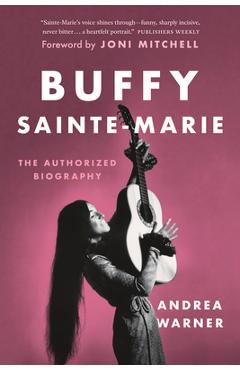
Buffy Sainte-Marie: The Authorized Biography - Andrea Warner
![]() libris.ro
libris.ro
Actualizat in 25/10/2024
80.34 Lei